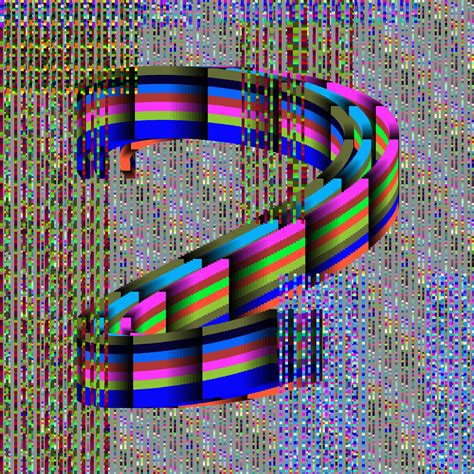Generative Art and NFTS: The Future of Digital Collectibles
The Art World is constantly evolving, and one of the most interesting trends that have bone highlighted in recent years is generative art. This innovative field combines computer algorithms with artistic expression to create unique, interactive songs that are both visually striking and intellectual stimulating.
What is generative art?

Generative art is a child of digital art that uses algorithms and machine learning techniques to produce the original work. Unlike Traditional Forms of Art That Require Human Intervention From Start To Finish, Generative Art Can Be Created on A Fly With Software Or Hardware. This Means That Artists Can Produce Several Iterations For Their Work, Each With Their Own Unique Features.
NFTS: New Standard of Digital Collectible Products
The next big thing in Digital Collectible Products Has Been Considered the Next Big Issue. NFTS Presented by Cryptocurrency Platform Ethereum Are Unique Digital Funds That Can Be Purchased, Sold and Traded Like Traditional Artwork.
How do nfts work?
NFT is mainly a certificate that proves a particular digital object, such as a work of art, a music track or just video game information. When the artist creates a nft, they create an essential unique brand that can be stored in a block chain (a decentralized main book that records events).
Generative Art and NFTS: Heavenly Matches
The cutting point of generative art and nft has the potential to revolutionize our way of experienced and interacting with digital collectibles. By Combining Generative Art With Unpredictability with the ScarCity of Traditional Collectibles, Artists Can Create Unique Songs That Are Both Valuable and Coveted.
Why Are NFTS Important for Generative Art?
NFTS Provide a Unique Solution for Producing and Verifying Digital Art, Allowing Artists to Earn Their Creations in New and Innovative Ways. They also allow the work of a work of art work to create several iterations, ensuring that each piece differs from its predecessors.
Case studies: Successful NFT Collections
Several Major Artists have already launched Successful NFT Collections Using Platforms Such As OpenSea, Rare Or Superrare. These collections have not only generated significant income for artists, but also introduced new business models and income streams for collectors.
Conclusion
The Future of Digital Collectible Products is Bright, and Generative Art and NFTS Are at The Forefront of This Revolution. By combining the creativity of artists with cryptocurrency blockchain, we can open up new opportunities for innovation and commercialization. As the art world continues to develop, it is exciting to see how these techniques shape the future of collectibles.
Sources:
- Wikipedia “Generative Art”
- “CryptoSlate (NFTS)”
- “NFT’s Rise in Digital Collectible Products,” Written Forbes
Note: This article is a general overview of generative art and nft. If you want me to expand certain points or give more information, freely ask!
